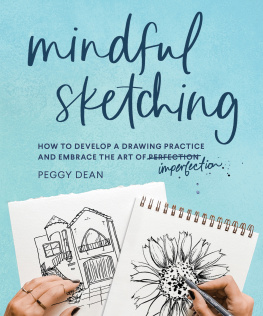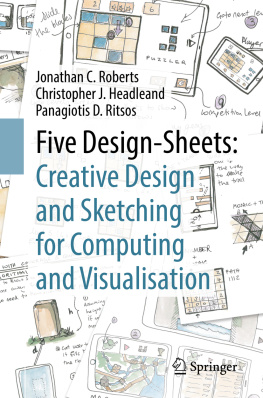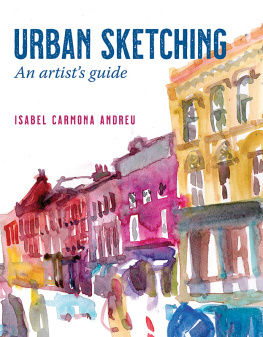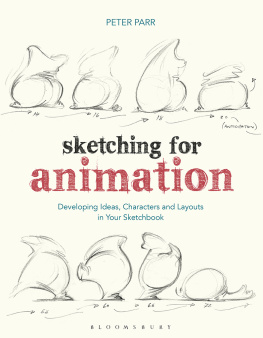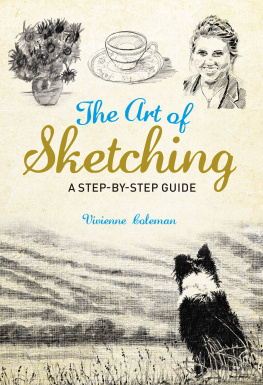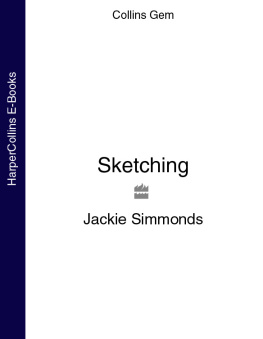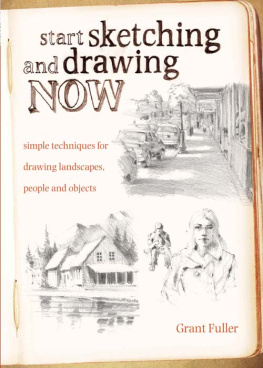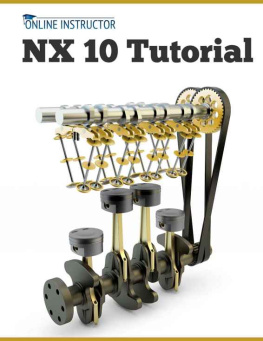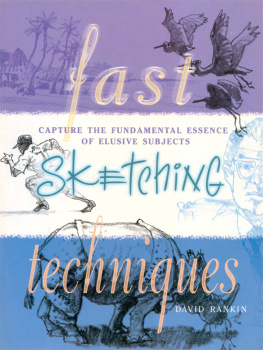Sketching User Experiences
Saul Greenberg
Sheelagh Carpendale
Nicolai Marquardt
Bill Buxton

Morgan Kaufmann
Copyright
Acquiring Editor: Steve Elliot
Development Editor: Heather Scherer
Project Manager: A. B. McGee
Designers: Annie Tat, June Au Yeung & Lindsay MacDonald
Morgan Kaufmann is an imprint of Elsevier
225 Wyman Street, Waltham, MA 02451, USA
2012 Elsevier, Inc. All rights reserved.
No part of this publication may be reproduced or transmitted in any form or by any means, electronic or mechanical, including photocopying, recording, or any information storage and retrieval system, without permission in writing from the publisher. Details on how to seek permission, further information about the Publishers permissions policies and our arrangements with organizations such as the Copyright Clearance Center and the Copyright Licensing Agency, can be found at our website: www.elsevier.com/permissions.
This book and the individual contributions contained in it are protected under copyright by the Publisher (other than as may be noted herein).
Notices
Knowledge and best practice in this field are constantly changing. As new research and experience broaden our understanding, changes in research methods or professional practices, may become necessary. Practitioners and researchers must always rely on their own experience and knowledge in evaluating and using any information or methods described herein. In using such information or methods they should be mindful of their own safety and the safety of others, including parties for whom they have a professional responsibility.
To the fullest extent of the law, neither the Publisher nor the authors, contributors, or editors, assume any liability for any injury and/or damage to persons or property as a matter of products liability, negligence or otherwise, or from any use or operation of any methods, products, instructions, or ideas contained in the material herein.
ISBN: 978-0-12-381959-8
Printed in China
12 13 14 15 16 10 9 8 7 6 5 4 3 2 1

For information on all MK publications visit our website at www.mkp.com
Preface: how we got together to write this book
Books come about in odd ways. This one resulted from serendipity.
Several years ago, Bill Buxton decided to aggressively advocate design as fundamental to how companies should develop software for people to use. The problem, he realized, is that most interaction designers (and their managers as well) are not trained as designers. His solution was to write a book Sketching the User Experience, where he advocated sketching as a simple way for people to start thinking about the design process. He then pressed this message to academics and practitioners through an aggressive speaking tour, and by influencing Microsoft staff via his job as Principle Researcher at Microsoft Research.

Somewhat at the same time, Saul Greenberg was teaching an introductory course on Human Computer Interaction. His concern was that his students would typically start programming the first thing they thought of. Since coding is labour intensive, they often stuck with their initial idea. Most produced variations of traditional designs. A few did add creative aspects to their works, but when they started running usability studies, those aspects invariably suffered from usability problems and were discarded. This wasnt because their ideas were fundamentally bad; they just werent very well thought out. So Greenberg started a new course that emphasized design over usability, done in the form of a limited design studio. Students were given unfamiliar technologies and ask to create interesting concepts around those technologies. Their first deliverables were a series of sketches, where they had to produce and present many different ideas. They were not allowed to commit to any idea until they explored the design space. Yet almost universally, most students were concerned about their lack of sketching skills, typically saying I cant draw. Consequently, Greenberg started emphasizing a few simple sketching methods suitable for non-artists.
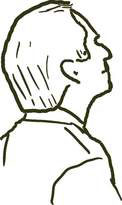
It turns out that Bill and Saul are also outdoor enthusiasts, where they back-country ski and mountain bike together a few times a year. During their trips, they would chat (occasionally) about their work. Saul really liked Bills book, but thought that it didnt have quite enough on the how-to side. It was one thing to get people to want to engage in design, but quite another to give them the skills to actually get started. Bill really liked Sauls exercises, but thought it needed intellectual framing. Thus the concept of this Workbook emerged, where it would be a how-to sequel to Bills book. While each book could stand by itself, the two would work best as companions.
Also at the same time, Sheelagh Carpendale who together with Saul started the Interactions Laboratory at the University of Calgary was somewhat disgruntled by the divide between the University encouraging cross-discipline activities vs. the near impossibility of having non-Computer Scientists accepted to a traditional computer science program. She created the Computational Media Design program, where students from various backgrounds arts, design, music, computer science could pursue graduate work at the union / intersection of Computer Science, Art, and Design. Sheelaghs background began as a professional artist, and then shifted directions into Computer Science. It was only natural that she would come on board as an author, where she would not only bring her dual backgrounds into play, but also her thoughts about how to engage people from different disciplines into the process of design and sketching.
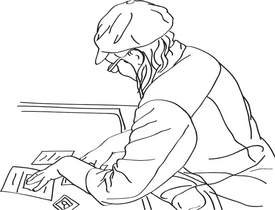
Nicolai Marquardt, a PhD graduate student of Sauls, was observing all this from the periphery. Trained as a Diplom (Masters) student at Bauhaus University Germany in the Media Systems program under Professor Tom Gross, he was experienced in both design and hard-core computer science. Sketching was a way of life for him, and a natural part of how he thought as an user experience designer. He not only had a huge amount of experience sketching in the wild, but often collected other peoples sketches for inspiration. So we asked him to join us, and we became a foursome.
The best way to summarize the above is that all authors are passionate about design thinking as a way to craft the user experience, and about sketching as a way to start thinking as a designer. This book is our attempt to give you the tools to sketch, and thus to design, your own user experiences.
Next page

